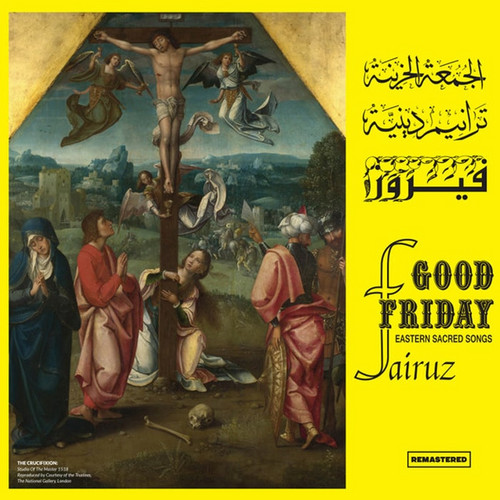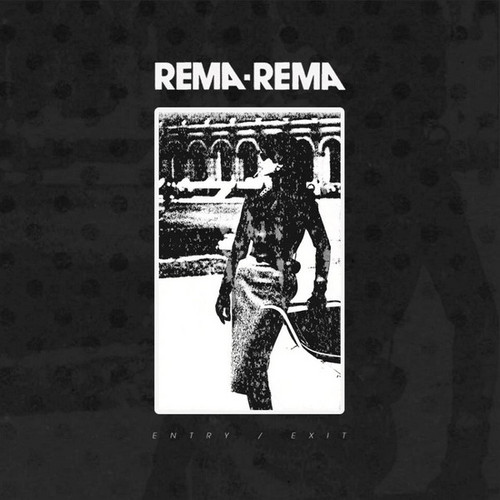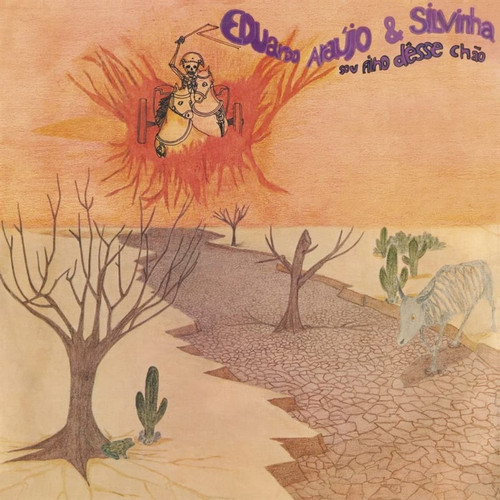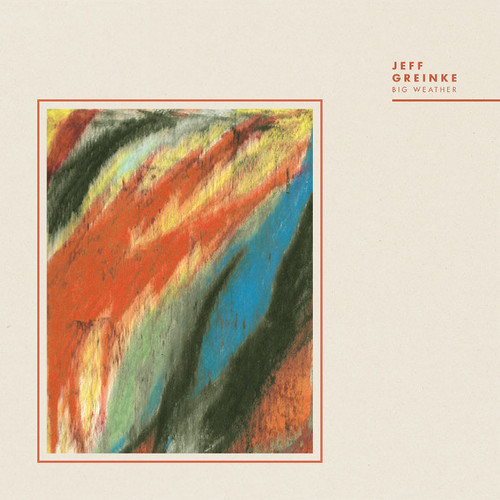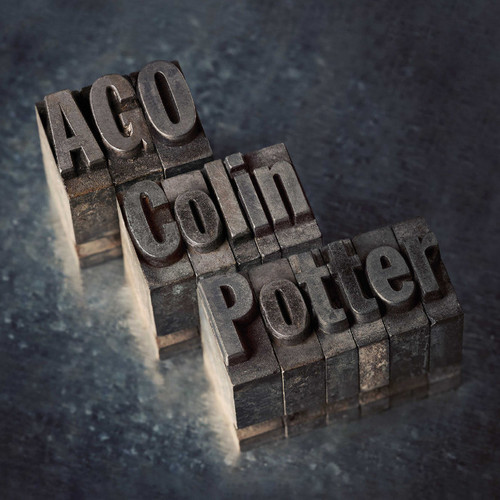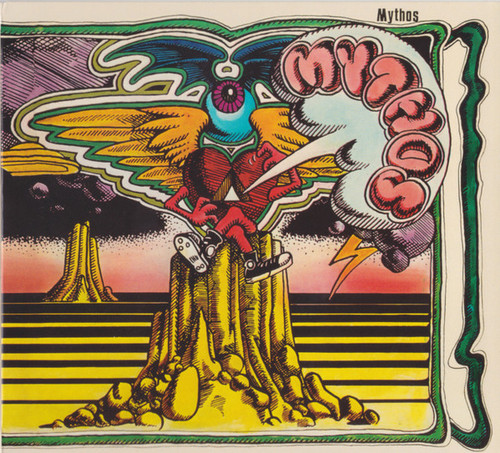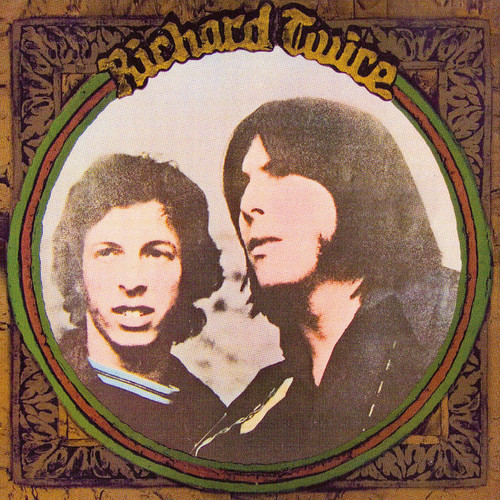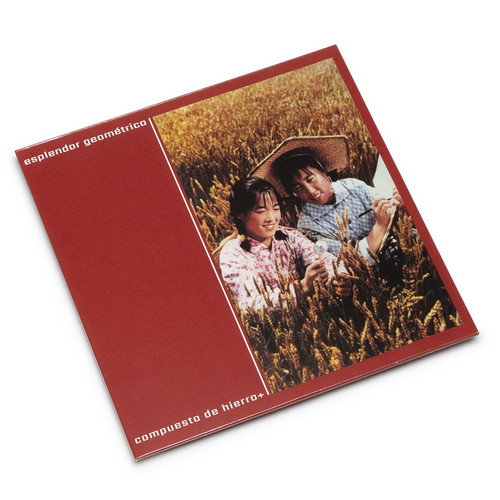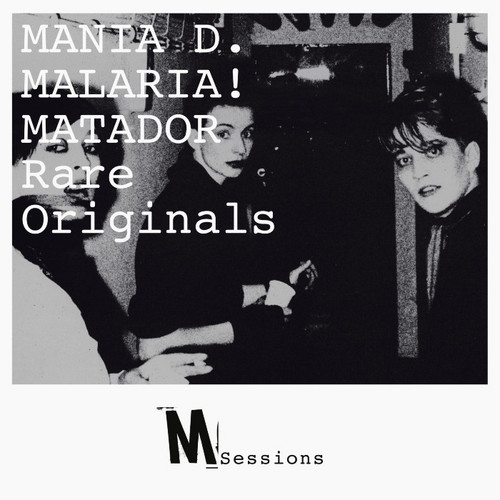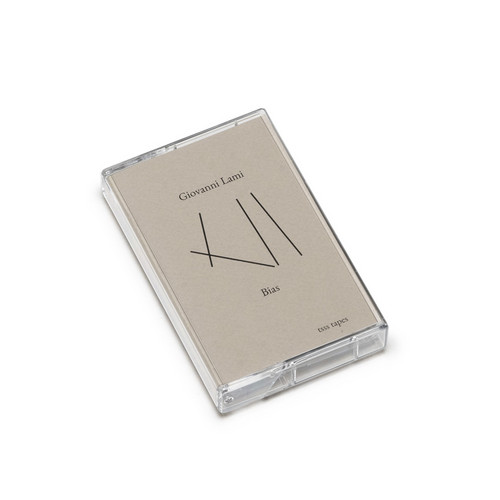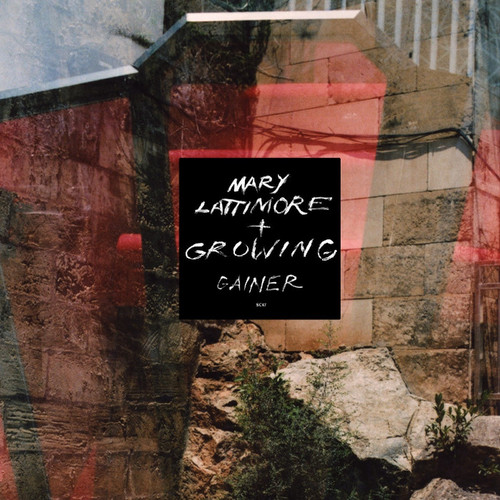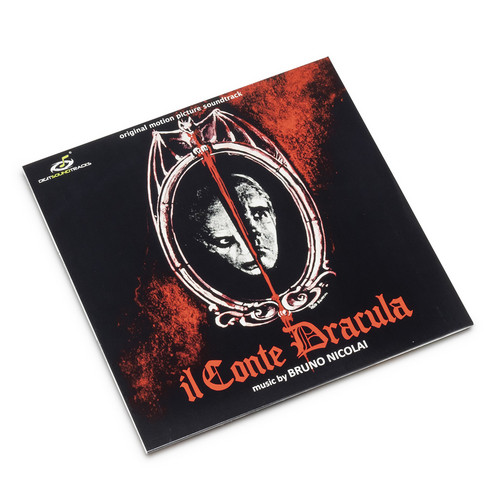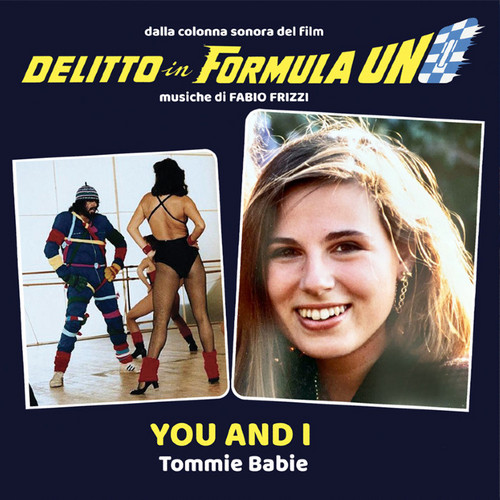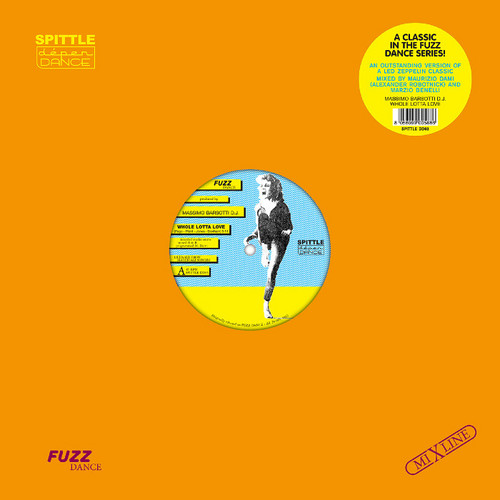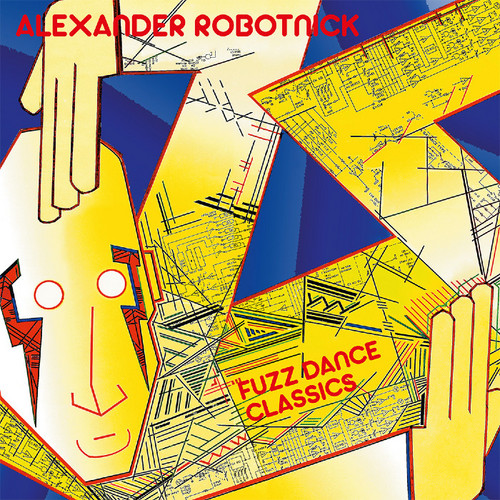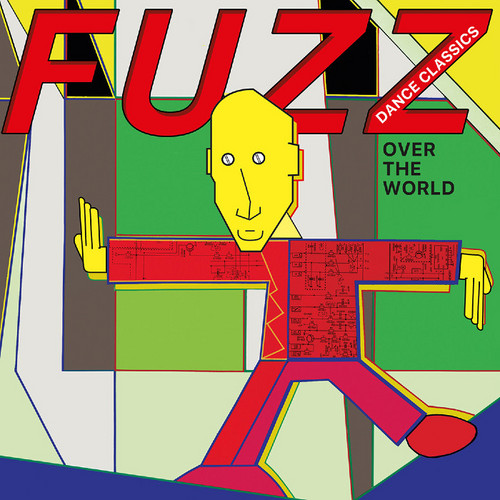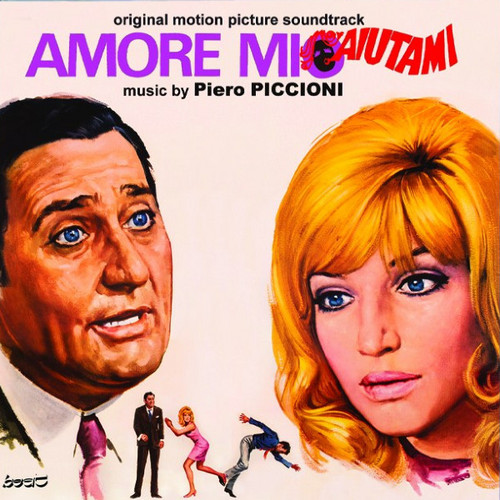Reissues
Good Friday Eastern Sacred Songs
* 2022 Stock * Fairuz, who sung during her youth regularly with a church choir, gives to these Good Friday hymns stronger and deeper dimensions: with her exceptional voice, she expresses the emotions and feelings of all believers. Remastered official reissue, comes on 180 gram vinyl.
Entry / Exit
"Entry" is the last remaining track from the late 1979 recordings at Pathway Studios that produced the 4AD 12" Wheel In The Roses the following year. At six minutes, too long for the studio side of that release, the track has been transferred from the original master tapes, cleaned up and is accompanied here with an instrumental version. Tightly-wound, with the typical Rema-Rema elements of Moe Tucker-style pounding (cymbal-free) drums, relentless basslines and Marco Pirroni's feedback-laden gui…
Sou Filho Dêsse Chão
Limited LP version. Brazilian Reissue* Reissue, originally released in 1976. Eduardo Araújo is a Brazilian singer owner of a bold but also incredible high note voice; and his duo singer Silvinha, owner of a great soulful voice, having both been very known to main public and successful in their careers across various music styles from the '60s, '70s, and '80s in Brazil. Araújo reached fame when still young in the early sixties with the massive hit "O Bom" in the Brazilian movement of "Jovem Guard…
Rara Avis
A compilation of Hearn Gadbois' tracks, published here and there along the years (1983- 2020). Most of them are home recordings with very little or no diffusion, so this release tries to shed some light on these amazing compositions. A sound related to Hassell's 4th world, but developed in a very personal way (he even designs & makes some of his instruments) that feels different and goes far beyond. Using mostly acoustic instruments, Hearn combines a love of traditional trance/ecstatic rhythms w…
Big Weather
*In process of stocking* First ever vinyl release of this tribal ambient gem. A plethora of exotic rhythms and sonic meteorological phenomena. Loops, leftfield beats, and all kinds of textures from the 4th world and beyond. Originally released in 1994 on CD, it is a true beauty of electronic hypnotism and sonic exoticism. Through a highly developed process of layering, Jeff Greinke composes and performs music rich in texture, depth, mood, and subtle detail. His blend of electronic and acoustic i…
Ago
*300 copies limited release. In process of stocking* An original and particular approach to rhythmic electronics, with an incredible sound, like in all of Colin Potter's works. Six hypnotic tracks from Colin's archive of rarities, for the first time on vinyl, perfect to play really loud. These six pieces were recorded between the late 80s & mid-90s at IC Studio, which was then located in Tollerton, North Yorkshire. “I wanted to make some tracks which were much more rhythmic. By then the studio w…
Mythos
Mythos was formed in 1969 on the initiative of Stephan Kaske (flute, keyboards, vocals, guitar), who found two comrades-in-arms in Harald Weisse (bass) and Thomas Hildebrand (drums). Various performances impressed label boss and talent scout Rolf-Ulrich Kaiser so much that the band was able to release their debut album on the Ohr label in 1972. This album was also re-recorded and remastered from the original analog tapes. Best sound!
Richard Twice
Fuzz guitars, organ, celestial vocal harmonies, a single effort and then…eternity (or obscurity if you look at the other side of the coin). In 1968 leader Richard Atkins - Richard Manning his artistic partner & co-writer, hence the name - was building toward success, his musical adventures and philosophy not that far from the likes of The Byrds or the more eccentric Simon & Garfunkel. He’d won a contract with Mercury Records, and recorded with the Wrecking Crew members, a group of Los Angeles …
Compuesto De Hierro
Esplendor Geométrico, the influential industrial pioneers of the pulsating, hypnotic and mechanical rhythms, present the extended version of their album "Compuesto de Hierro" to celebrate the 20th anniversary of its release. "The rhythms, hypnotic and very elaborated, are combined with mastery with lots of manipulated voices, analogical electronic sounds, and oriental (mostly Chinese) music recordings." label press
M_Sessions – Rare Originals
*In process of stocking* »M_Sessions – Rare Originals« is offering a selection of Malaria!, Mania D., Matador's music for the 40th anniversary. Bringing the past into the now and into the future. The original core team of Beate Bartel, Bettina Köster, Manon P. Duursma and Gudrun Gut selected 'Rare Originals' from the repertoire of the 3 bands where they saw special relevance and beauty. There are live tracks, living room recordings and demo versions from times long gone.
The project M_Sessions f…
Bias
*100 copies limited edition. In process of stocking* Through its focus on process and materiality, Bias opens the practice of sound ecology beyond the acoustic to consider the audibility of the chemical composition of soil. From scraps of muddied media buried across three sites in Austria, Greece and Italy, Lami crafts a series of melancholy studies which seem to question the inevitable legacy of human culture and industry in the geological strata.
Gainer
Critically acclaimed harpist and experimental composer Mary Lattimore and big amp ambient pioneers Growing have united for their first collaboration: Gainer. Remastered here from its original release (previously digital only) Gainer is now available for the first time on vinyl in plush packaging including UV spot gloss ‘invisible ink’ style jacket printing. Comprised of two side-long pieces, Gainer is less a meeting point of harp + drone guitars and much more a singular creative group vision mad…
Il Conte Dracula
*300 copies limited edition* Our series “Bruno Nicolai for Jess Franco” comes back, years after, with this divine soundtrack composed and directed by Bruno Nicolai. Although the film was released in theaters in 1970, it was only in 1982 that Edipan released a LP record (CS 2013) containing twenty stereo tracks selected by the author. In 1994 that same material was released on CD (CDS 2502). Thanks to the stereo master tapes of the original recording session, ten unpublished tracks were discove…
Delitto in Formula Uno
After almost 40 years since its theatrical debut, in collaboration with Ribot, we are proud to present the original motion picture soundtrack of the penultimate movie of the "Delitti" series interpreted by the Cuban star Tomas Milian, score signed by Maestro Frizzi. Thanks to the finding, in one of the Maestro studio, of some master tapes of the original recording sessions, it was possible to realize 3 releases that will make all fans of this music excited: a CD, a 12" 180 grams black vinyl and …
Whole Lotta Love
Killer rendition of the classic Led Zeppelin stomp, arranged by famous dj & producer Massimo Barsotti. Programmed by none other than Maurizo Dami aka Alexander Robotnick, this robotic version is delivered with alien vocals and cold as ice synth lines. Still a favorite for many international djs.
Fuzz Dance Classics
Selected from Alexander Robotnick’s hits catalogue and released in this form for the first time, this is a unique compilation featuring all Robotnick’s electro anthems originally released on Fuzz Dance label. A must have for all the italo-disco and synth-pop freaks out there !
Fuzz Dance Classics Over The World
Pioneers, that’s what we call them. Not properly a giant team, but a bunch of forward thinking producers. In the heyday of the italo disco there was some forward thinking, a new way to address the club scene. 1985 is the golden year and if you want to get to the core of the synth-pop experience look no further ! This previously unreleased compilation collects a series of unbelievable tracks. An outstanding vision featuring la crème de la crème of the early 80s scene. All the way from electro wi…
Amore Mio Aiutami
*Limited Edition!* Beat Records, in collaboration with Universal Music Publishing is glad to present the expanded version of the original motion picture soundtrack of the movie Amore mio aiutami, a famous 1969 film directed by Alberto Sordi and interpreted by Alberto Sordi and Monica Vitti, music by immortal Maestro Piero Piccioni. The album features the original tracklist of the 1969 vinyl, the bonus tracks included in 2007 GDM release on CD and for the first time ever almost 15 minutes of unre…
Desde Infiernos De Flores
Tip! Some secrets remain untold forever. Luckily, the enigma around Novy Svet's near-mythical "Desde Infierno De Flores" sessions is no longer one of them. Unleashed in only fragmentary and yet incomplete bits on two short mini-cds on their in-house label nekofutschata in 2004 and 2005, this "Hell made of flowers" was the place where the Austrian cult-duo scattered their legacy onto a whole new level of wtf? Sound alchemy, taking musical liberties like never before. Much to the astonishment of s…
The Dreambird
Is this recording an environmental activist art statement or ambient spa music? Maybe both? The fourth release from São Paulo label Lugar Alto is not a Brazilian production but it still has strong ties to the country, it is the psychotomimetically heuristic ambience of The Dreambird by Mitar Subotić (Suba) & Goran Vejvoda. The album was produced in Paris in 1987 and 5 years later was the first release by Suba in Brazil as a limited edition CD put out by the Brazilian Catholic label Paulinas COM…
